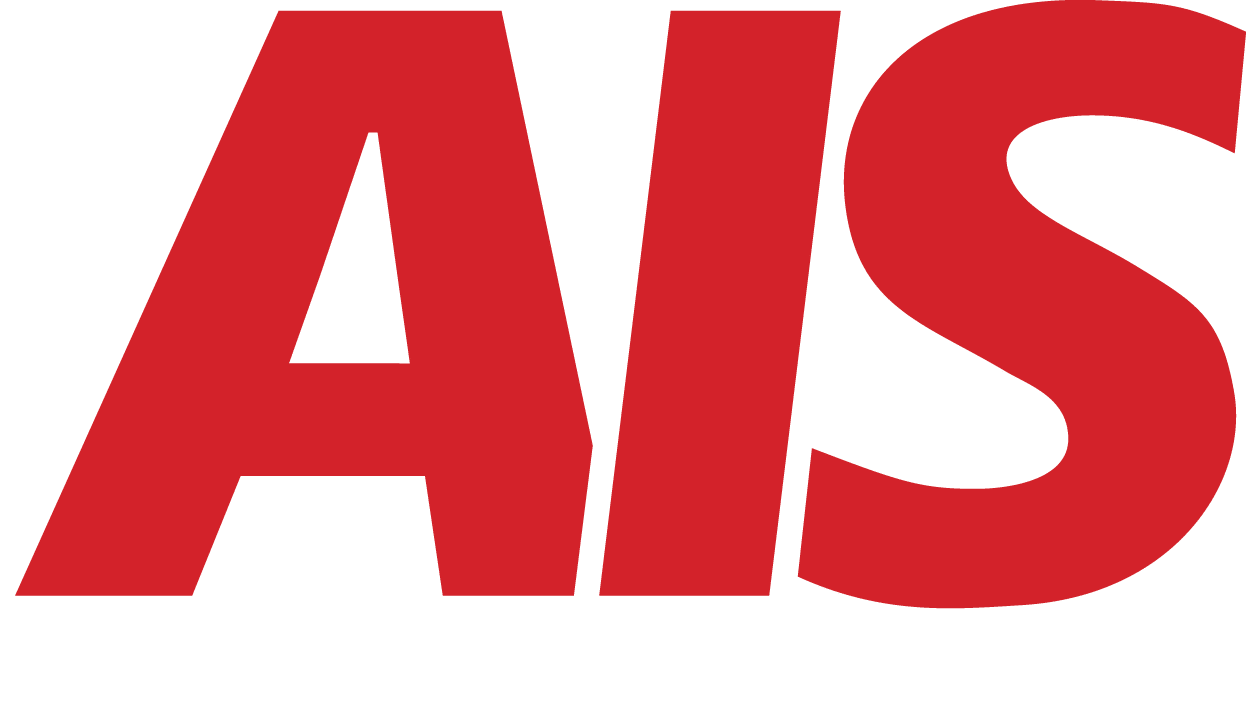Monthly Fees vs. Upfront Costs: How to Budget Your Business Security System
July 24th, 2025 | 6 min. read

Investing in a business security system is a smart move. However, when it comes time to pay, many business owners are left asking the same question: Should we pay upfront or opt for a monthly plan?
It is not always easy to compare. Some providers bundle equipment and monitoring into a subscription. Others sell the equipment outright and offer optional services.
And somewhere in the fine print, there are fees, commitments, and long-term costs that can catch you off guard if you are not paying attention.
In this article, we will break down the fundamental differences between monthly and upfront pricing models, explain the pros and cons of each, and help you choose the right payment path for your business security system.
Why Security System Costs Can Be Confusing
Some vendors offer flexible plans that include hardware, installation, monitoring, and support for one monthly fee. Others charge you upfront for the hardware and let you add optional services a la carte.
There is no single right model. But it does make it harder to compare options unless you understand what each price tag includes.
Bundled Services vs. One-time Hardware Purchases
Monthly plans often bundle everything into one payment. This may include cameras, door sensors, access control systems, software, cloud storage, and support services.
Upfront purchases may seem cheaper at first, but they may not include all the features. You could be responsible for setting up monitoring, paying separately for maintenance, or upgrading firmware on your own.
What Buyers Really Want: Predictable and Transparent Costs
Most business owners just want to know two things:
- What will this cost me over time?
- What value am I getting in return?
Both models can be a good fit if you know what to expect and plan accordingly.
What’s Included in a Monthly Subscription Model?
Hardware Leasing and Installation
In most monthly plans, you do not own the equipment. You lease it for the duration of your agreement. The provider installs, maintains, and replaces it if it fails.
This can make it easier to get started without a significant upfront investment.
Related Article: The Problem with Mixing Old Hardware with New Security Software.
Ongoing Monitoring and Support
Many monthly plans include professional monitoring, either onsite or offsite, along with remote access and mobile alerts. Support is often built in, so you don't pay extra every time you need help.
This is especially helpful if you do not have an in-house IT or security team.
Maintenance, Repairs, and Software Updates
In a well-managed monthly model, the provider is responsible for keeping everything up to date. That includes software patches, device replacements, and performance checks.
This reduces downtime and helps ensure your system continues to function properly.
Pros and Cons of Paying Monthly
Pros:
- Lower upfront cost
- Equipment and service bundled into one payment.
- Easier to upgrade as technology changes
- Support and maintenance usually included
Cons:
- You do not own the equipment
- Long-term cost may be higher.
- Early termination fees may appl.y
- You may need to renew the contract to keep your service.
What’s Included in an Upfront Purchase Model?
Hardware Ownership and One-time Install Fees
With this model, you pay for your cameras, access control system, or alarm setup upfront. You own the hardware. Installation may be included as part of the fee, or it may be an additional charge.
Once installed, you have complete control of the system.
Optional Add-ons Like Monitoring or Cloud Access
You can often add ongoing services, such as cloud storage, mobile app access, or professional monitoring. These usually come with a separate monthly fee.
If you prefer to manage things in-house or opt out of certain services, you can do so as well.
Long-term Costs of Managing Your Own System
Buying upfront means you are responsible for updates, repairs, and replacements. If a camera fails within two years, you are responsible for the cost. If your system becomes outdated, it is your responsibility to upgrade it.
You may also need internal resources to manage the system on a day-to-day basis.
Pros and Cons of Paying Upfront
Pros:
- Full ownership of equipment
- No monthly lease or long-term contract
- Potentially lower total cost if well maintained
- Flexibility to manage or change providers
Cons:
- Higher initial investment
- Ongoing maintenance is your responsibility.
- Monitoring and updates may cost extra.
- Technology may become outdated faster.
Hidden Costs to Watch For (in Both Models)
Activation or Setup Fees
Some providers advertise low monthly rates but charge setup or activation fees upfront. Ensure that you ask whether installation is included and if any activation costs apply.
Service Calls and Out-of-warranty Repairs
Even in monthly plans, not every repair is always covered. In an ownership model, you may be required to pay for each service visit. Ask what happens if a device fails or if you need technical help six months after install.
Software Licenses, Storage Fees, and User Access Charges
Modern security systems often rely on cloud access or mobile apps. Some plans charge for video storage, extra users, or software licenses. These fees can add up over time if you are not aware of them.
Early Termination or Contract Renewal Fees
If you cancel early or attempt to switch providers mid-contract, penalties may apply. On the other hand, some providers increase your monthly rate after the initial term has ended. Always check the fine print.
How to Choose the Best Payment Model for Your Business
Consider Your Cash Flow and Long-term Plans
If cash flow is tight or you are just starting, a monthly plan may be easier to manage. If you are well-capitalized and plan to stay in one location for the long term, buying the system outright may save you money over time.
Think About Scalability and Flexibility
If you plan to grow, relocate, or frequently change layouts, a subscription model may offer more flexibility. It is easier to swap or add devices with minimal additional cost.
Ownership gives you control but may limit flexibility if your system cannot be easily upgraded or expanded.
Understand Your Internal Support Capabilities
Do you have staff who can manage, maintain, and troubleshoot a security system? If not, a managed subscription may offer peace of mind and fewer headaches.
If you have a dedicated IT or facilities team, managing your system might be more realistic.
Ask For a Total Cost of Ownership Estimate
Whether you are buying or leasing, ask the provider to give you a cost breakdown over three to five years. Include hardware, installation, support, software, and service.
This helps you compare apples to apples and avoid surprises down the road.
Final Thoughts: Choose the Payment Plan That Works for You
There is no one-size-fits-all answer when it comes to budgeting your business security system. What matters is that you understand what you are paying for, how long the costs will last, and what kind of service or support comes with it.
Upfront purchase may be right if:
- You want to own your equipment
- You have the capital to invest now.
- You can handle updates and support internall.y
Monthly payment may be right if:
- You want a lower barrier to entry
- You prefer bundled service and support.
- You value flexibility and upgrades over tim.e
The best providers will help you explore both options without pressure and give you the clarity you need to make an informed decision.
Need help comparing pricing options or designing a system that fits your budget?
AIS offers custom security system solutions with both monthly and upfront options available. Reach out for a personalized quote.
A true southerner from Atlanta, Georgia, Marissa has always had a strong passion for writing and storytelling. She moved out west in 2018 where she became an expert on all things business technology-related as the Content Producer at AIS. Coupled with her knowledge of SEO best practices, she's been integral in catapulting AIS to the digital forefront of the industry. In her free time, she enjoys sipping wine and hanging out with her rescue-dog, WIllow. Basically, she loves wine and dogs, but not whiny dogs.
Topics:



